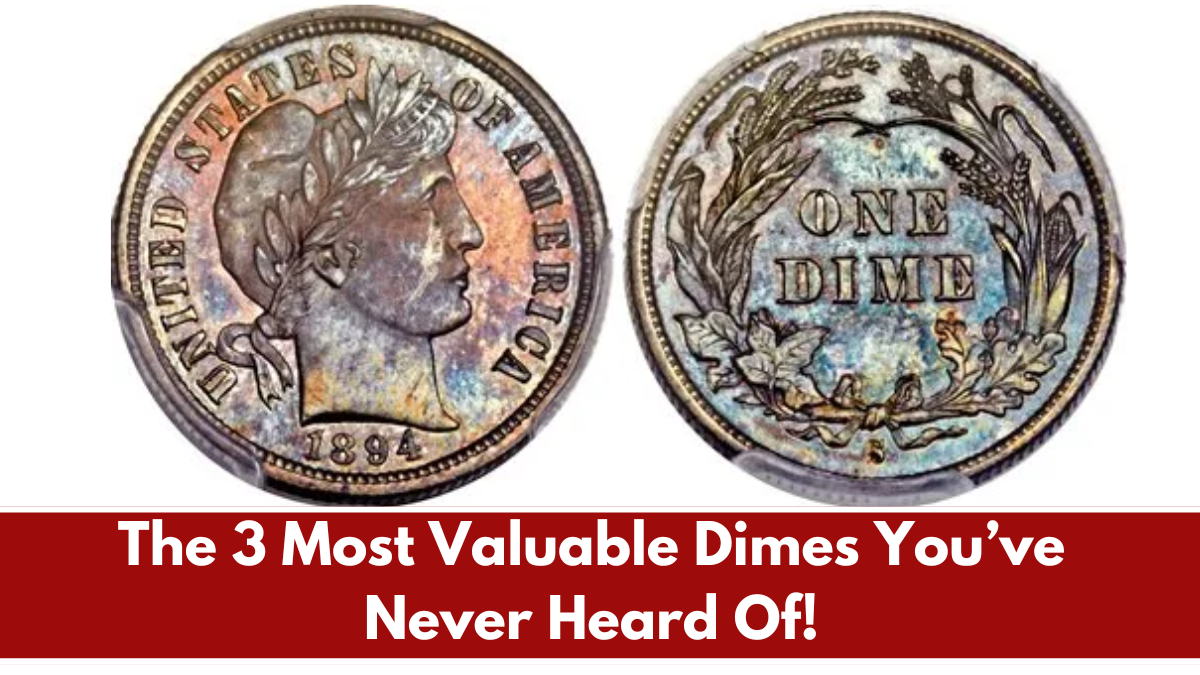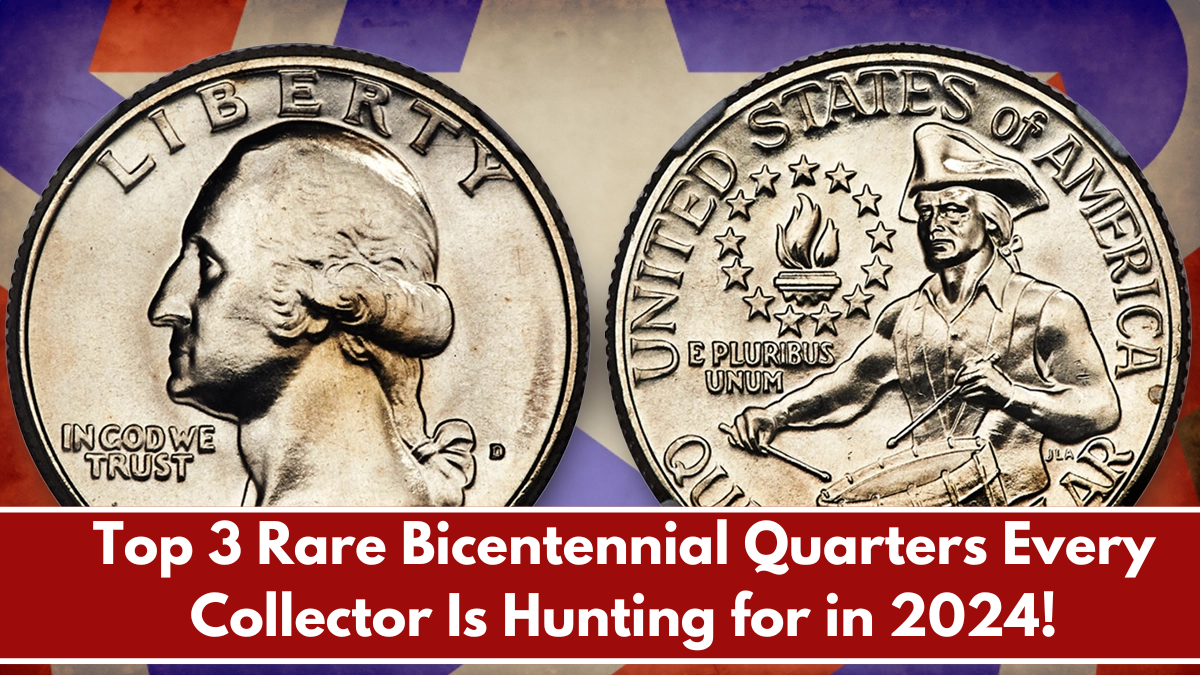In 1976, the United States celebrated its Bicentennial, marking 200 years of independence. To commemorate this momentous occasion, the U.S. Mint issued special Bicentennial quarters featuring a redesigned reverse. These coins quickly captured the attention of collectors and history enthusiasts alike. While the Bicentennial quarter is still popular today, some rare versions have become especially valuable and iconic in the world of numismatics. Let’s dive into the top four Bicentennial quarters that made an impact on collectors.
1. 1776-1976 Silver Proof Bicentennial Quarter
The 1776-1976 Silver Proof Bicentennial Quarter is one of the most sought-after coins among collectors. This quarter was struck in 90% silver, which gives it both numismatic and intrinsic value. Produced in limited numbers, the silver proof version is considered one of the crown jewels of Bicentennial coinage. Its beautiful design, featuring the Liberty Bell and the moon in the reverse, makes it a prized piece for any serious collector.
2. 1776-1976 Clad Proof Bicentennial Quarter
Although it is not made of silver, the 1776-1976 Clad Proof Bicentennial Quarter is still highly regarded by collectors. These coins were produced as proof specimens, meaning they were struck multiple times to create a sharp, mirror-like finish. The clad version was made from a copper-nickel alloy, giving it a unique color and appeal. While not as valuable as the silver proof, the clad proof version still holds a strong place in numismatic collections.
3. 1776-1976 No Mintmark Bicentennial Quarter
In 1976, the U.S. Mint struck Bicentennial quarters in three different locations: Philadelphia, Denver, and San Francisco. While most coins feature a mintmark to indicate their origin, some Bicentennial quarters were produced without any mintmark. These no-mintmark coins, which were minted at the Philadelphia Mint, have become a hot commodity due to their rarity and the confusion surrounding their production. Collectors are eager to add these to their collections as they represent an interesting anomaly in U.S. minting history.
4. 1776-1976 Type II Bicentennial Quarter
The Type II Bicentennial Quarter is distinguished by a slightly different design in the reverse of the coin. The most noticeable difference is the placement of the stars surrounding the Liberty Bell. While the majority of Bicentennial quarters feature a Type I reverse, the Type II version is considered rarer. As such, it commands higher prices among collectors, particularly those seeking complete sets of Bicentennial coins.
The Bicentennial quarter is a defining symbol of the U.S. Bicentennial celebration and has become a valuable part of coin collecting. Whether it’s the silver proof, clad proof, no-mintmark, or Type II versions, each of these quarters has its unique charm and historical significance. For collectors looking to add something truly special to their portfolios, these top four Bicentennial quarters are a must-have.
FAQ’s:
1. What makes the 1776-1976 Silver Proof Bicentennial Quarter so valuable?
The 1776-1976 Silver Proof Bicentennial Quarter is made from 90% silver, which gives it intrinsic value in addition to its numismatic worth. Its limited production further increases its demand.
2. What is the difference between the Clad Proof and Silver Proof Bicentennial Quarters?
The Clad Proof Bicentennial Quarter is made from a copper-nickel alloy, while the Silver Proof Bicentennial Quarter is composed of 90% silver. The silver version is rarer and more valuable.
3. Why are the No Mintmark Bicentennial Quarters so rare?
No Mintmark Bicentennial Quarters were struck at the Philadelphia Mint, and their lack of a mintmark makes them rarer than the other quarters, which feature mintmarks indicating their place of origin.
4. What is the Type II Bicentennial Quarter?
The Type II Bicentennial Quarter features a slight design difference in the reverse, particularly in the arrangement of the stars around the Liberty Bell. It is considered rarer than the Type I version.
5. How much are these rare Bicentennial quarters worth?
The value of these quarters can range from a few dollars to several hundred or more, depending on their condition, rarity, and type. Silver proof versions tend to fetch higher prices due to their metal content and limited mintage.














Thanks for the information about the 1776 quarters I have the D error and the no mint error 1 dd the other filled in D